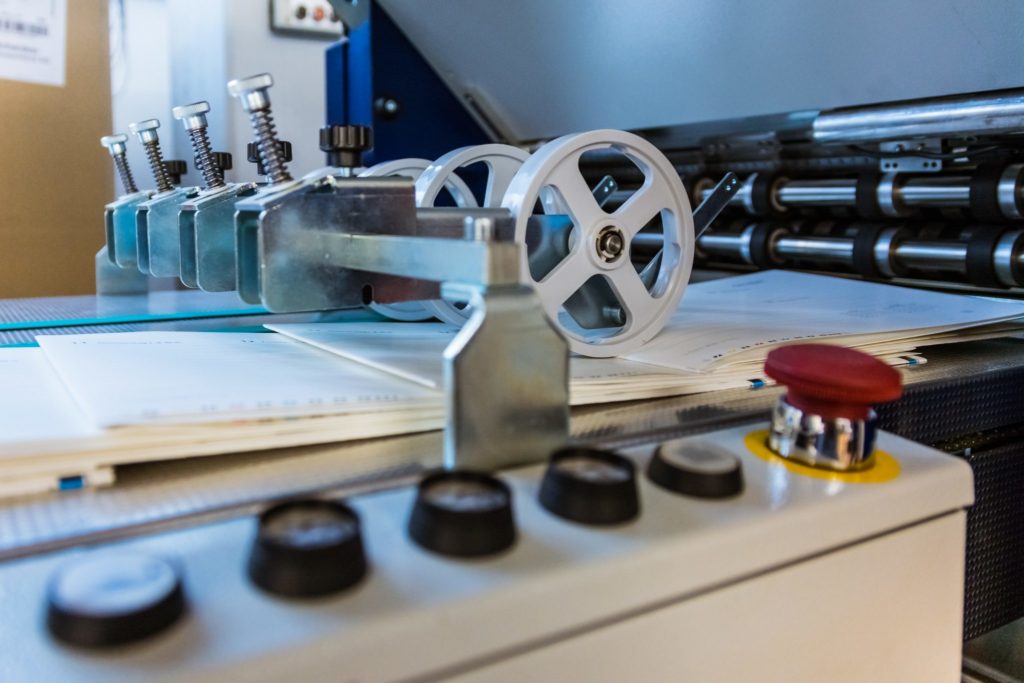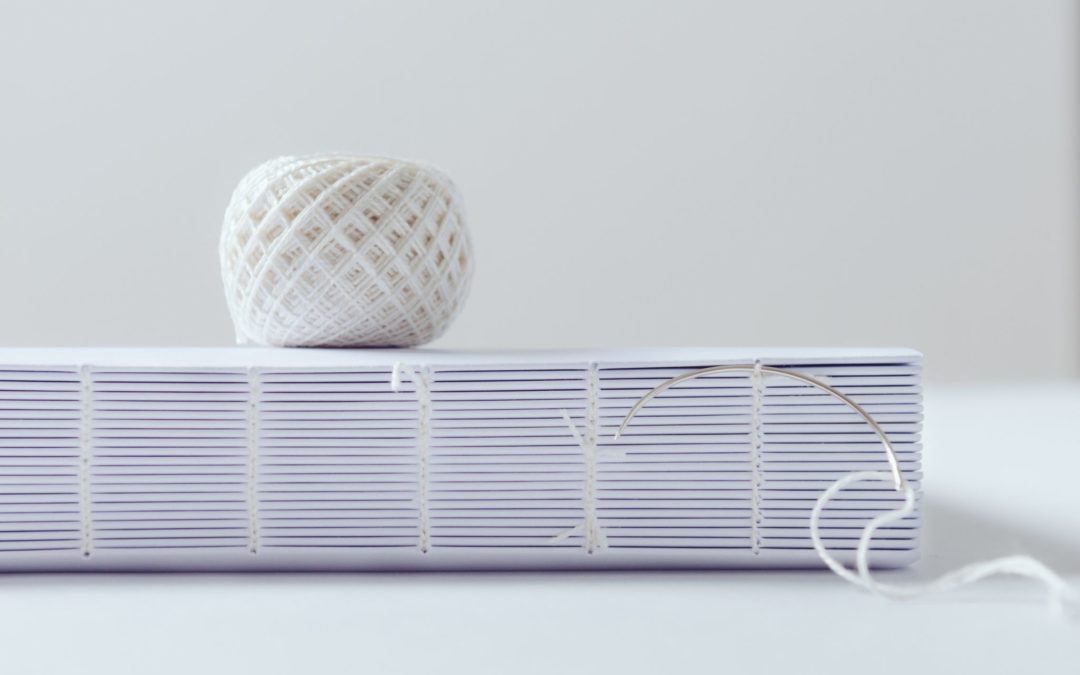At Accent, we do more than just printing. We transform ink into metal and turn plastic into glass—all with a bit of magic. From a simple printed piece to a more complex project, you’ll be amazed at what we can create for you. Even if you don’t quite know where to begin, Accent can create fresh and innovative collateral that will get your business noticed. Our custom finishing techniques allow us to stand out from the competition. In this week’s blog, you will learn about several finishing services that we offer at Accent Group Solutions. This will be a 2-part blog since we have so many finishes to offer our customers.
Custom Finishing
Binding
We offer four different styles of binding.
- Perfect Binding technique is often used for softcover books. This binding method is by gluing the pages and cover together at the spine with a strong flexible thermal glue. The other 3 sides of the book are then cut to have perfect edges. Card Stock or a thick paper is usually used for perfect binding. This process is great for softcover books, business reports, magazines, catalogs, and thick brochures.
- Case Binding is mostly used for hardcover books. Covers can be made of several products including leather, printed paper, cloth, and vinyl that is attached to cardboard. Using glue-on
 endpapers, the cover is attached to the pages of the book. The interior pages are stitched or sewn together before attaching the pages to the hardcover.
endpapers, the cover is attached to the pages of the book. The interior pages are stitched or sewn together before attaching the pages to the hardcover. - Wire-O Binding is a popular binding method to join a cover sheet and documents. Wire loops are inserted through holes that are precut to create a book. The loops of wire are crimped together securing the assembly.
- Spiral Binding is used most commonly for notebooks. The pages are fastened together by wire or plastic coils that feed through holes along the pages and cover.
Stitching
- Saddle Stitching is used by folding sheets of paper and wire staples secure the papers. The staples are placed at the fold on the outside of the cover. In the printing industry, the paper sheets are usually draped over an apparatus that resembles a saddle. Staples are often referred to as stitching hence the name saddle stitching.
- Side Stitching is like saddle stitching but instead of stapling the wire along the spine the wire is stapled into the front cover.
Folding
There are several techniques of folding in the print industry.
- Half-fold: The paper is folded in half creating 4 panels. This style is used most often for business pamphlets.
- Trifold: This technique is mostly used for brochures. The paper is folded in thirds which creates 6 panels.
- Letter fold: This process is simply used to fold letters for envelopes.
- Single Gate fold: The paper is folded in on the left and right-side meeting in the middle of the paper. This method creates 3 panels in the front and 3 panels in the back.
- Double Gate fold: The paper is folded in on the left and right-side meeting in the middle. The paper is then folded again in the middle. This method creates 4 panels on the front and 4 on the back.
- Z fold is folded into thirds in a zig zap. These types of brochures open in accordion style.
- Double Parallel fold is folded twice in the same direction. Creating 8 panels, 2 in front and 2 in back.

These are just a few of the custom finishes that we offer at Accent Group Solutions. We will follow up with the remaining finishes that we offer. Our goal is to offer many services so we can create the best product for our customers. Find out more about our services by visiting our website www.AccentGroupSolutions.com or calling our office 314-965-5388.

